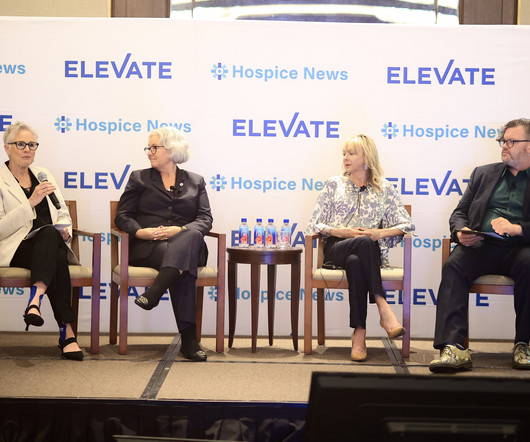2 Tailwinds Shaping Hospice Growth, Care Delivery
Hospice News
MARCH 14, 2025
Rising demand for end-of-life care is pushing hospice growth opportunities to the forefront in value-based reimbursement. Swelling aging populations have fueled rising health care costs across the country, with payers and providers alike seeking ways to ensure affordable access and sustainable services.














Let's personalize your content